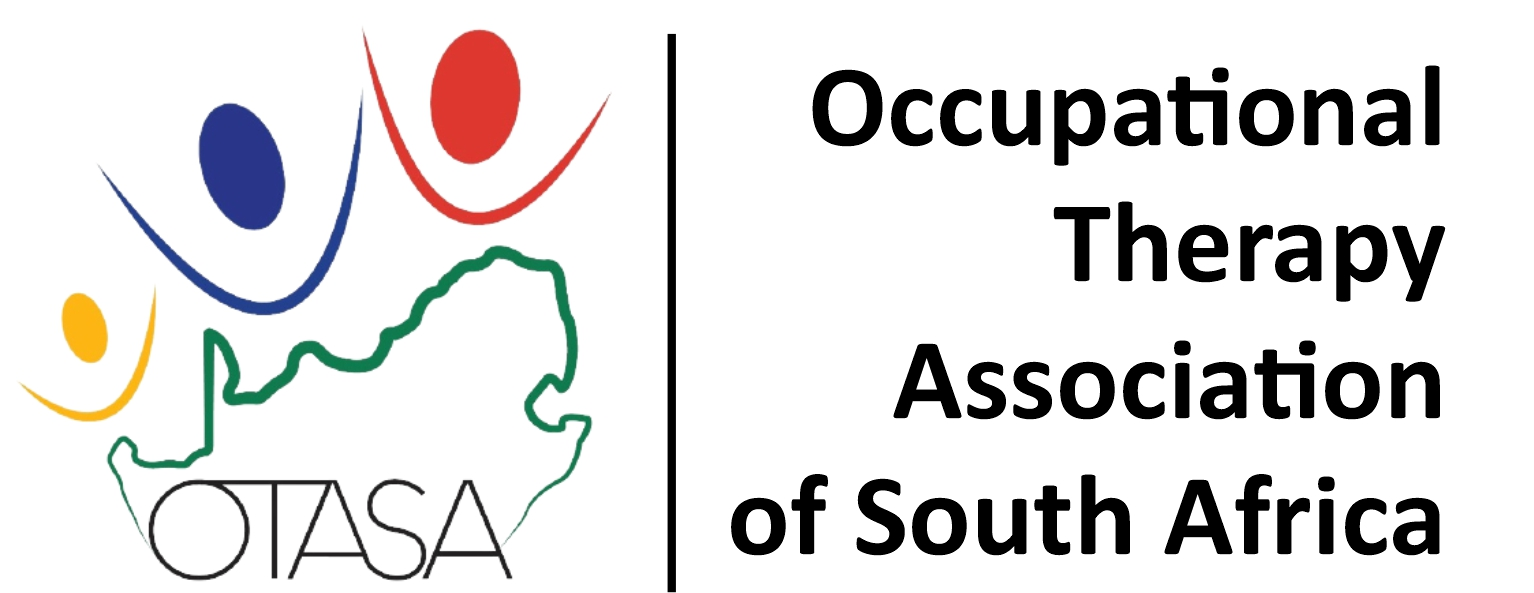Visual motor integration delay in preschool children infected with HIV
DOI:
https://doi.org/10.17159/2310-3833/2019/vol49n3a5Abstract
Introduction: It is estimated that more than 200 000 children under the age of 14 years are living with human
immunodeficiency virus (HIV) in South Africa. These children - including those on antiretroviral therapy - may present with
neuro-cognitive delay and may find it difficult to participate in educational activities. This study aimed to determine the extent of the delay of visual motor integration (VMI) which correlates significantly with academic achievement in pre-school children
with vertically transmitted HIV.
Method: This was a descriptive quantitative study in which 71 children infected with HIV aged between 5 - 6 years, attending a
HIV clinic in South Africa, were assessed using the Beery Developmental Test of Visual Motor Integration (DTVMI). The results
were compared to the normative DTVMI scores, and correlated with health factors related to HIV such as CD4 count and
socioeconomic factors such as attendance at crèche or preschool.
Results: Results confirm that a delay exists in VMI and visual perception (VP) in the at risk category. Mean scores on the motor
coordination (MC) fell in the average range. Visual perception was the most affected in this sample with an average delay of
between 11 and 17 months found. Visual perception also showed a moderate positive correlation with CD4 count, while VMI
had a moderate relationship to attendance at crèche or preschool and mother's level of education.
Conclusion: This study confirms children with HIV are at risk for neurodevelopmental delay related to visual motor integration
and visual perception, particularly in children with a low CD4 count. These aspects need to be assessed as part of routine neuro-developmental monitoring.
Key words: Neurodevelopmental delay, HIV, preschool children, visual motor integration delay, visual perception delay, motor coordination
Downloads
Downloads
Published
Issue
Section
License
Copyright (c) 2019 South African Journal of Occupational Therapy

This work is licensed under a Creative Commons Attribution-NonCommercial-NoDerivatives 4.0 International License.
How to Cite
- Abstract 28
- PDF 15



.png)